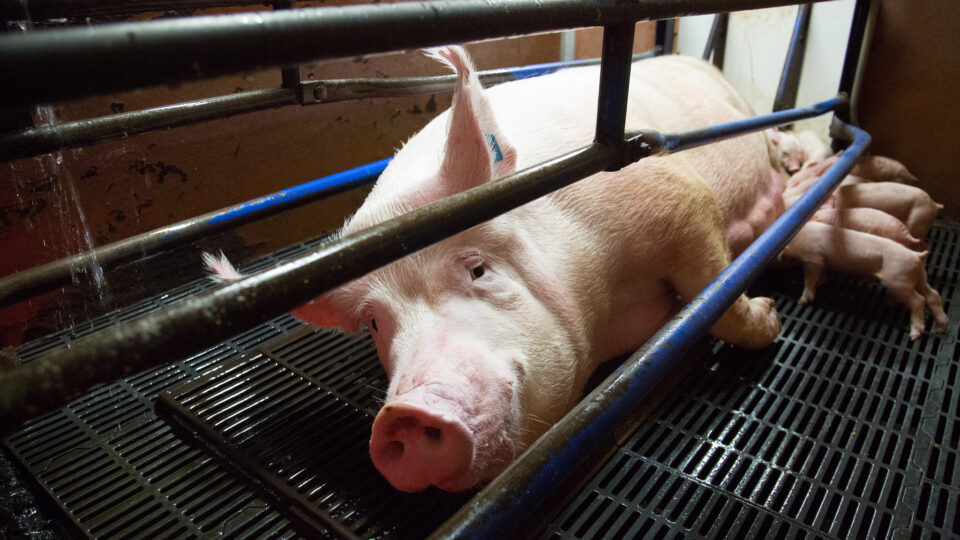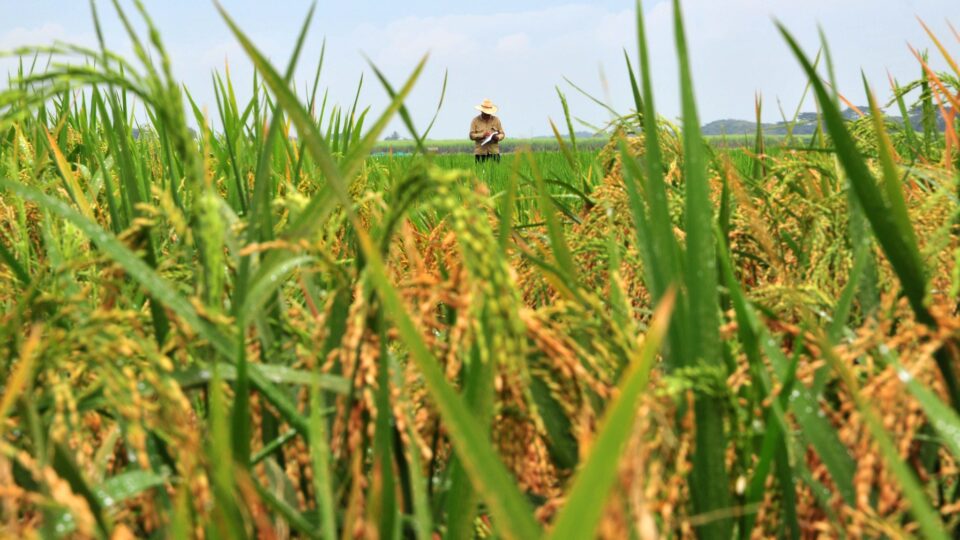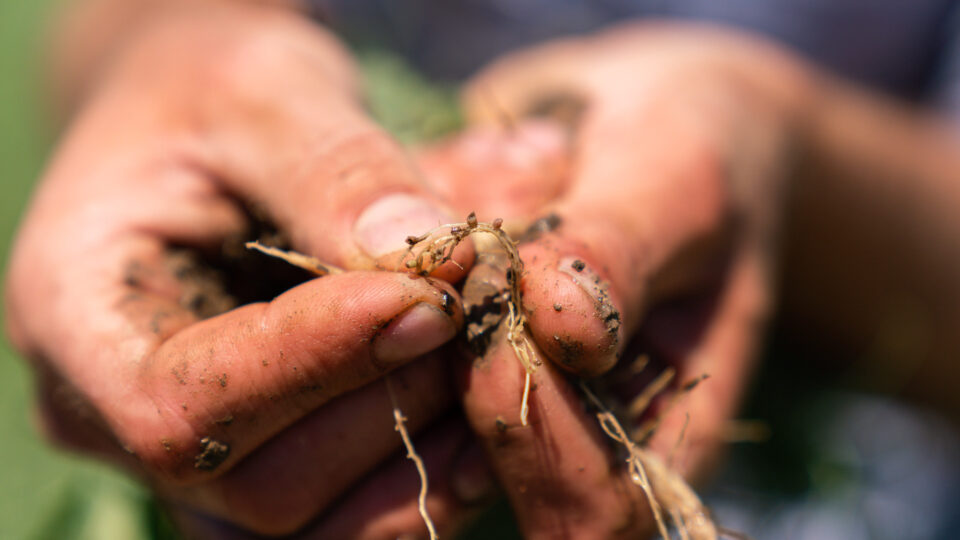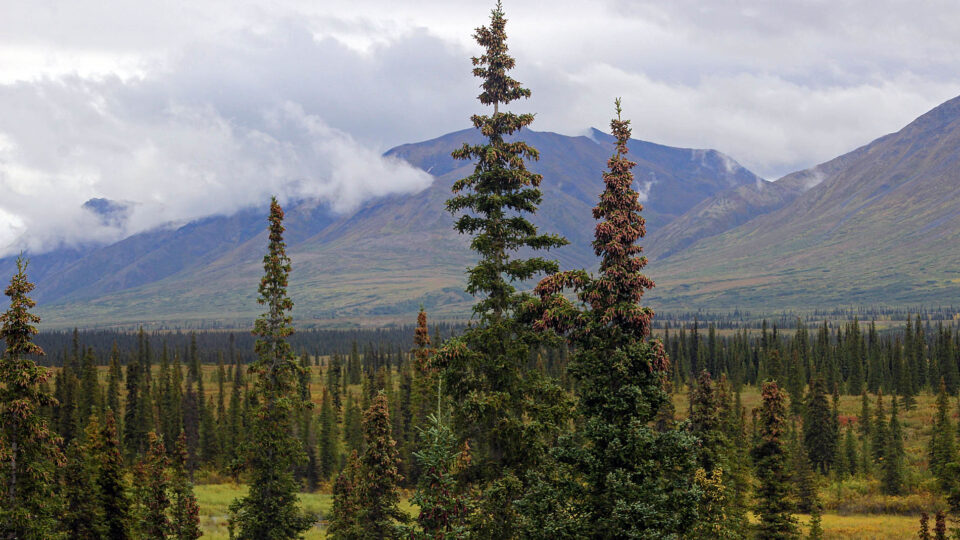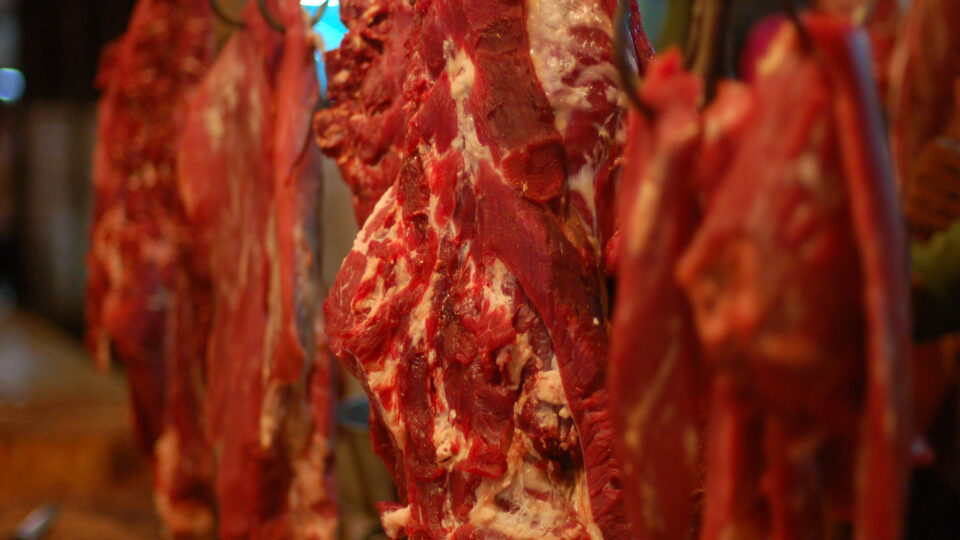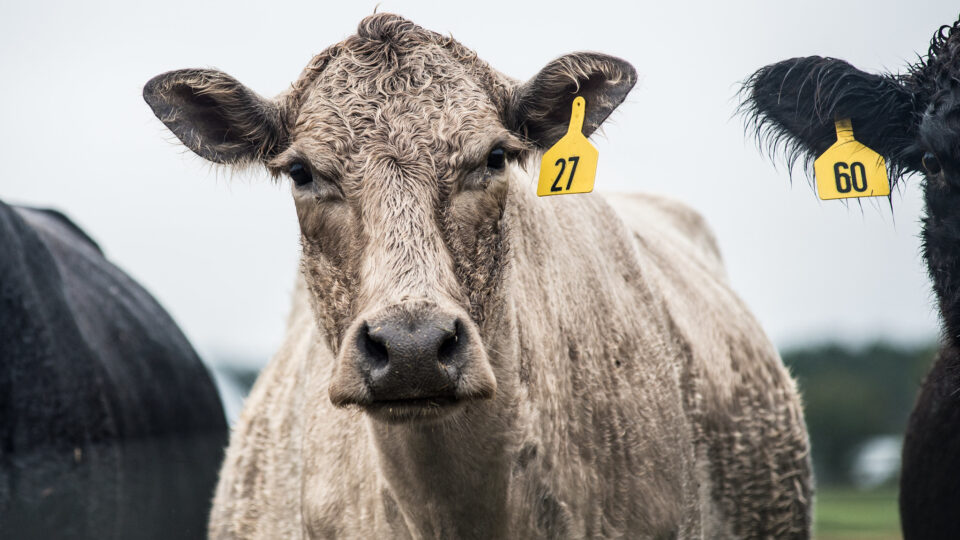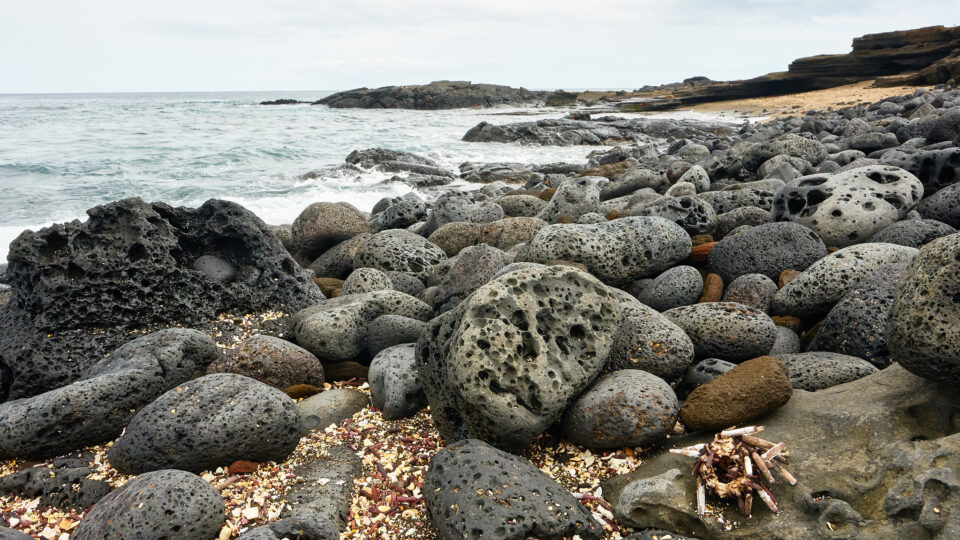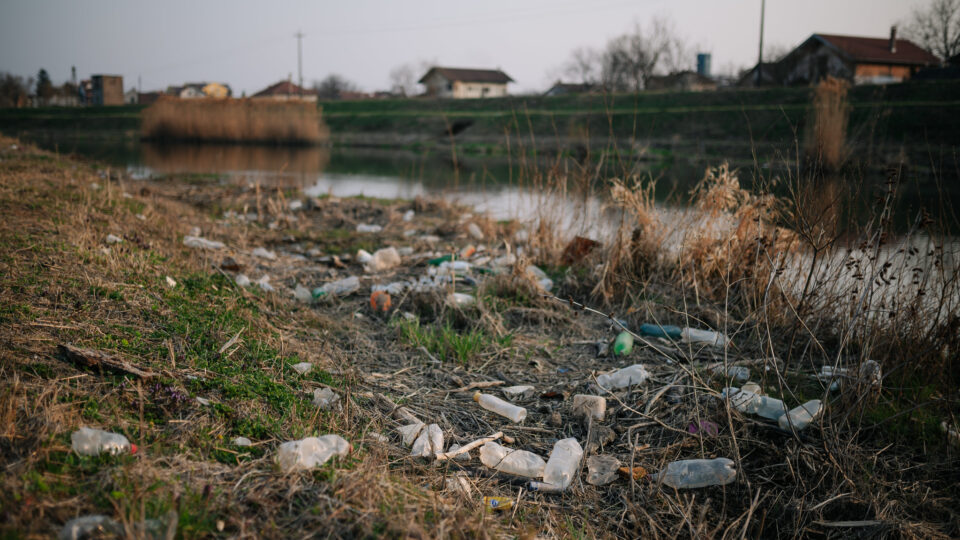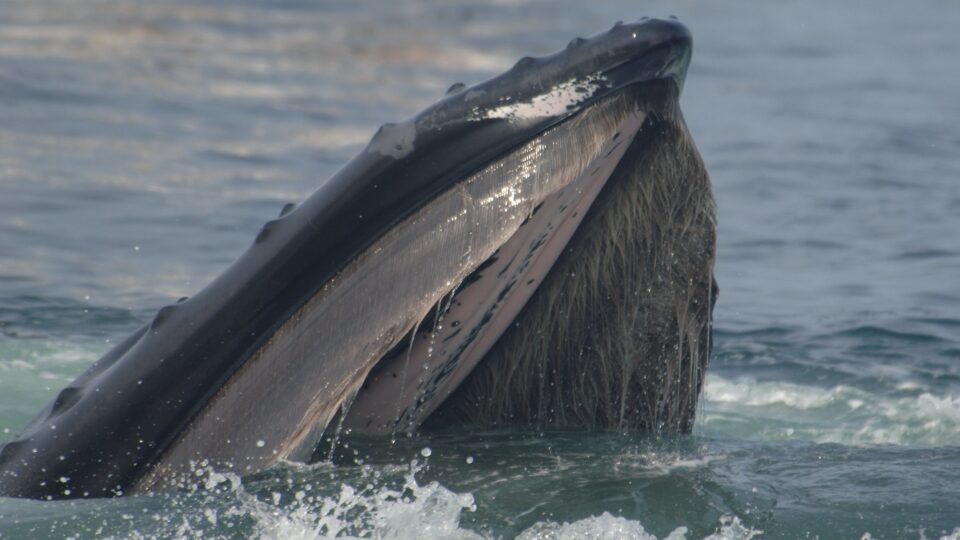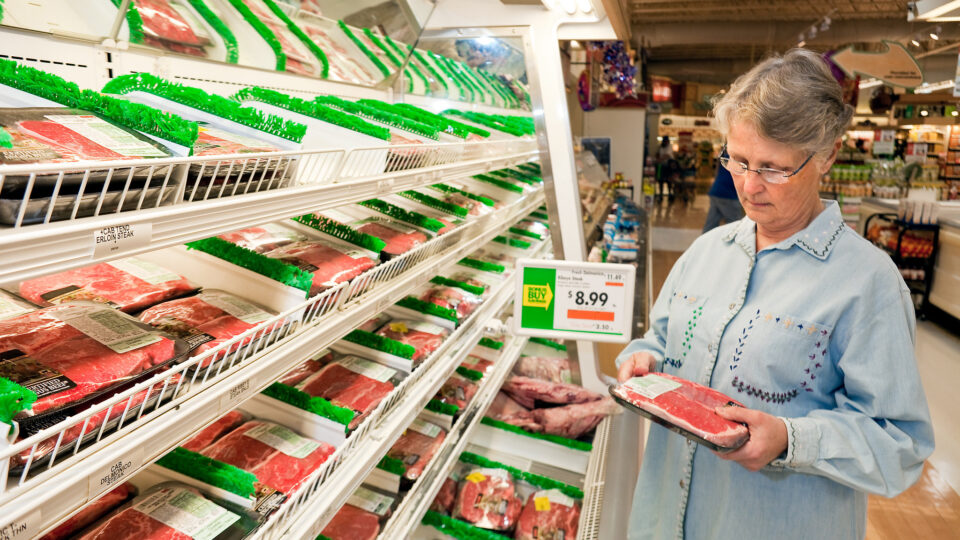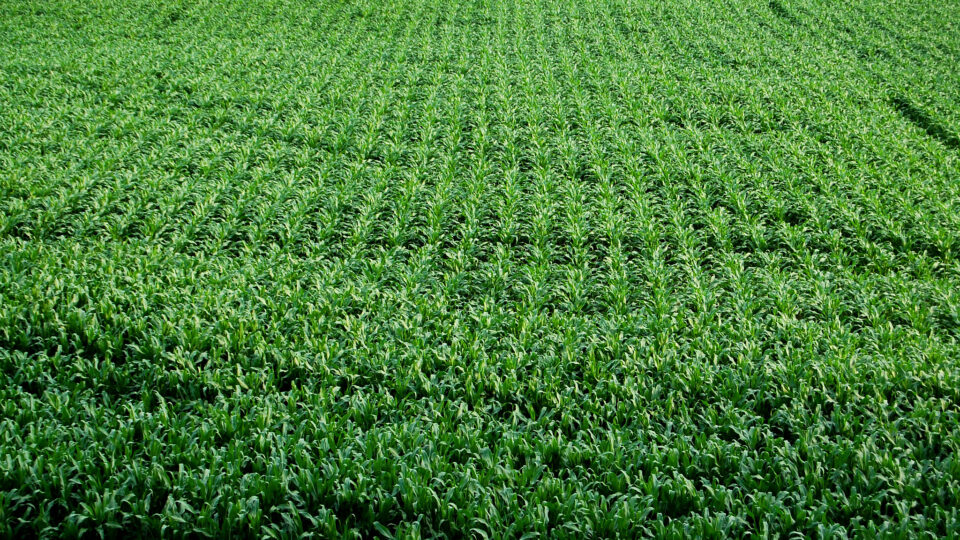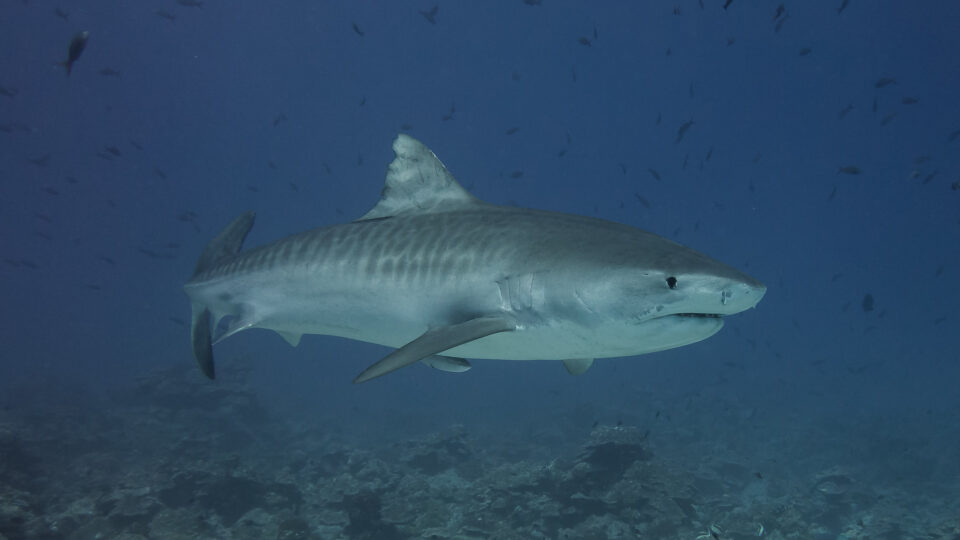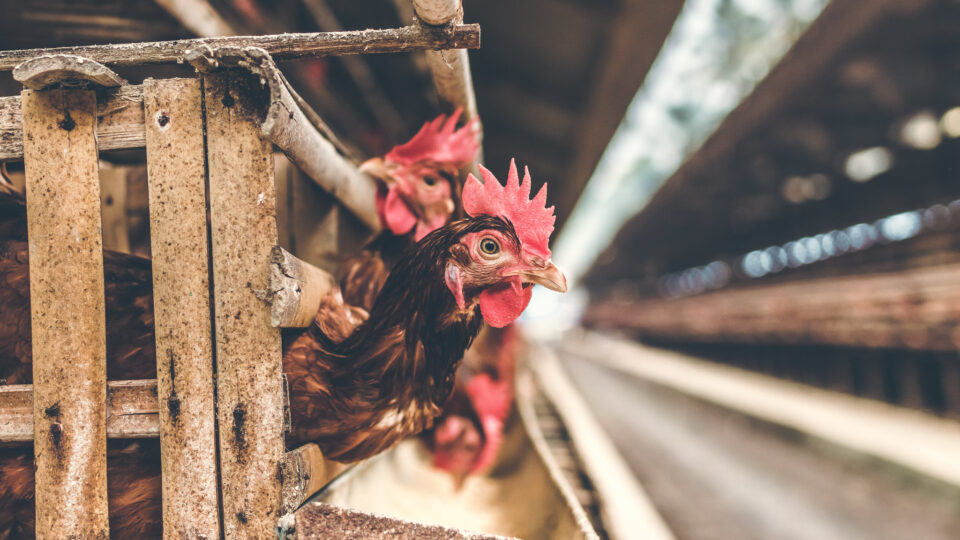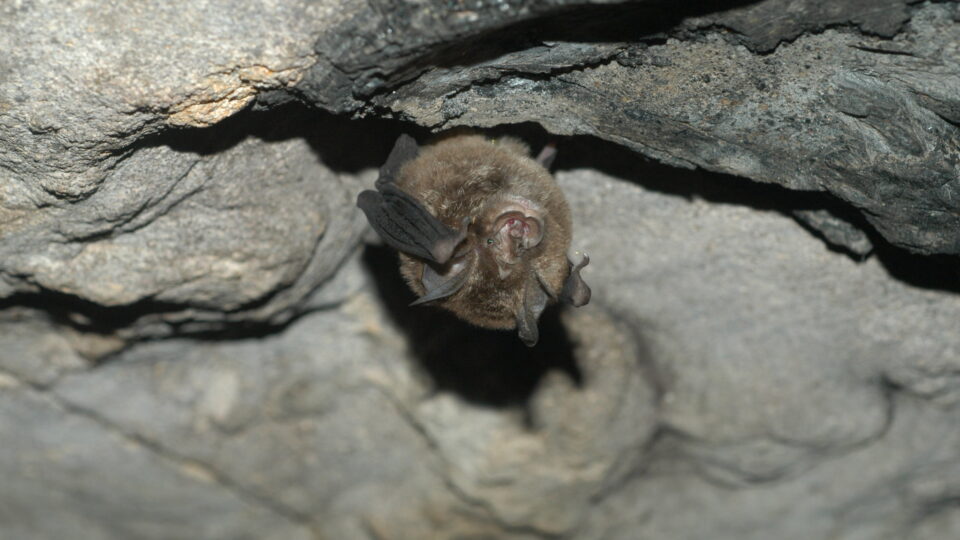The domestication of pigs, cows, chickens, and other animals as livestock for their meat, milk, and eggs was historically revolutionary. It boosted food security by giving people a readily-available means of feeding themselves as opposed to more traditional methods such as hunting and fishing.
But the industrialization of agriculture has led to horrendous conditions for animals. Many are kept in huge quantities and packed together with little regard for their health and welfare. This approach is designed to maximize production while minimizing costs.
With its chemical inputs and toxic outputs, intensive animal agriculture is also a major threat to the environment. In fact, it’s a major driver of habitat degradation and biodiversity loss all around the globe.
According to a new study led by researchers from the University of Exeter in the U.K., intensive livestock farming can also increase the risk of new pandemics. These findings go against the widely held belief that industrialized farming reduces the risk of disease transmission between animals and humans.
Zoonotic diseases are those that are spread from animals to humans. According to the CDC, zoonotic infections account for three in every four new or emerging infectious diseases in humans. The current bird flu outbreak in the U.S. is an example of this.
In the paper, which was recently published in the journal Royal Society Open Science, the researchers conclude that the effects of intensifying animal agriculture “are at best uncertain and at worst may contribute to emerging infectious disease risk.”
Industrial animal agriculture is a threat to both human health and the health of our planet.
**********
Web Links
Intensive farming could raise risk of new pandemics
Photo, posted January 29, 2016, courtesy of Farm Watch via Flickr.
Earth Wise is a production of WAMC Northeast Public Radio
